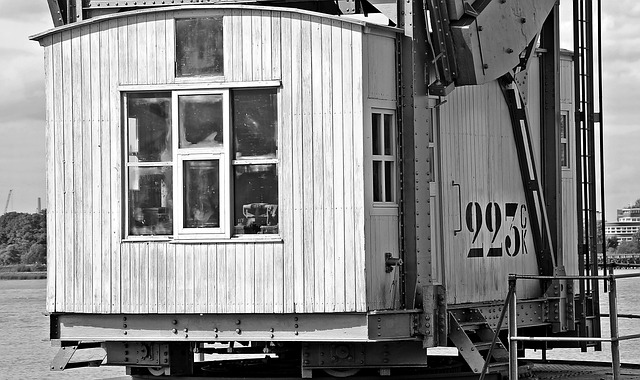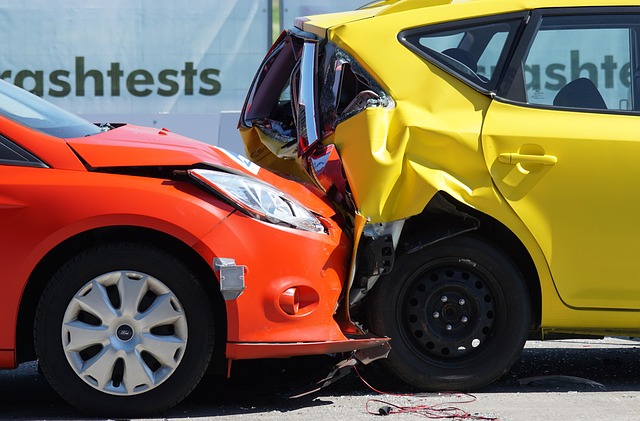General Liability (GL) insurance is a critical safety net for businesses, shielding them from unexpected liabilities related to property damage, personal injury, or medical expenses. This coverage protects against legal fees and settlement costs during lawsuits, ensuring financial stability and business resilience. Key components include broad general liability coverage, tailored provisions for specific business types, and additional policies for extreme activities or hazardous operations. Exclusions like wear and tear, willful misconduct, and certain high-risk activities require careful consideration. The right GL coverage balance mitigates risk while optimizing cost-effectiveness, enabling businesses to navigate legal challenges and maintain fairness in their operations.
Public Liability Coverage: Protecting Your Business and Brand. Understanding general liability insurance is crucial for any business owner, as it shields against unforeseen accidents or incidents that may cause harm to customers or third parties. This article delves into the essentials of general liability coverage, clarifying who needs it, key policy components, common exclusions, and how to select adequate protection. We also explore real-world scenarios where robust public liability insurance makes a significant difference in risk management.
Understanding General Liability Insurance: What It Covers

General Liability insurance is a crucial component in protecting businesses and individuals from potential risks and claims. This type of coverage offers financial security against various liabilities, providing a safety net for unforeseen incidents. It encompasses a wide range of situations, including but not limited to, property damage, personal injury, and medical expenses arising from accidents or incidents on your premises.
The insurance covers legal fees and damages if someone slips and falls on your property, for instance, or if a customer sustains an injury while using your product. It protects against lawsuits and settlement costs, ensuring you have the financial resources to defend yourself and mitigate potential losses. This is especially important for businesses as it helps maintain stability and avoids significant financial strain during legal battles.
Who Needs Public Liability Coverage?

Everyone from small business owners to large corporations can benefit from General Liability coverage. This type of insurance is designed to protect against claims of bodily injury or property damage that may occur as a result of your operations, products, or services. Whether you run a café serving food and drinks, own a construction company, or manage a retail store, there’s always a risk of someone getting hurt or their belongings being damaged in some way.
General Liability coverage can help shield you from financial loss in these situations by covering legal fees, medical expenses, and settlement costs associated with the claim. It’s an essential safety net that provides peace of mind, ensuring that unexpected incidents don’t cripple your business financially.
Key Components of a Comprehensive Public Liability Policy

When crafting a comprehensive public liability policy, several key components ensure robust protection against potential risks and claims. The first crucial element is general liability coverage, which offers financial security in case of bodily injury or property damage to third parties. This broad protection is essential for businesses and individuals alike, as it covers a wide range of incidents that may occur during regular operations or activities.
Additionally, the policy should include specific liability provisions tailored to the nature of the business. For instance, businesses dealing with hazardous materials must have coverage for environmental damage, while those in the construction industry need liability protection for accidental injuries on sites. Extra coverages such as professional liability insurance (for errors and omissions) and products liability (for defective goods) are also valuable additions, providing a multi-faceted safety net against various liabilities.
Common Exclusions to Watch Out For

When considering public liability coverage, it’s crucial to be aware of common exclusions that could significantly impact your protection. While general liability insurance offers a robust foundation for businesses interacting with the public, several scenarios are often excluded from this coverage. For instance, activities involving extreme sports or hazardous operations usually fall outside the scope, meaning these risks require separate policies or modifications to existing ones.
Additionally, certain types of damage and injuries are not covered under general liability. Property damage caused by wear and tear, ongoing business operations, or intentional acts are typically excluded. Similarly, personal injuries arising from employees’ willful misconduct or omissions are often not insurable through this policy. Understanding these exclusions is essential for businesses to tailor their insurance needs accurately, ensuring adequate protection in all operational areas.
How to Choose the Right Level of Coverage

When selecting the appropriate level of Public Liability Coverage, understanding your business’s unique risks is key. Every operation has its own set of potential liabilities, and a comprehensive assessment should be conducted to determine the right General Liability insurance level. Consider factors such as the nature of your industry, the size of your organization, and any specific hazards or activities that could lead to claims. For instance, businesses with frequent customer interactions or those handling hazardous materials may require higher coverage limits to mitigate potential losses.
The goal is to find a balance—insuring against foreseeable risks while avoiding over-coverage, which could result in unnecessary expenses. Insurance providers offer various coverage options and limits; choosing the right one involves careful consideration. Assessing historical claims data for your industry can provide insights into typical liability trends, helping you make an informed decision. It’s also beneficial to consult with insurance professionals who can guide you in selecting the optimal General Liability coverage tailored to your business needs.
Real-World Examples: When Public Liability Makes a Difference

In the real world, public liability coverage plays a pivotal role in mitigating risks and ensuring fairness. Consider a local park where a child slips on a wet surface and injures themselves. Without general liability insurance, the park might face significant legal repercussions. However, with proper public liability protection, the park can manage these incidents more effectively, providing for medical treatment and potentially reducing long-term financial burdens.
Another example involves a restaurant serving contaminated food, leading to a food poisoning outbreak. Public liability coverage would step in to cover medical expenses and potential legal costs, allowing the establishment to focus on customer recovery rather than financial strain. This demonstrates how general liability acts as a safety net, protecting businesses from unexpected incidents that can have severe consequences without adequate insurance.
